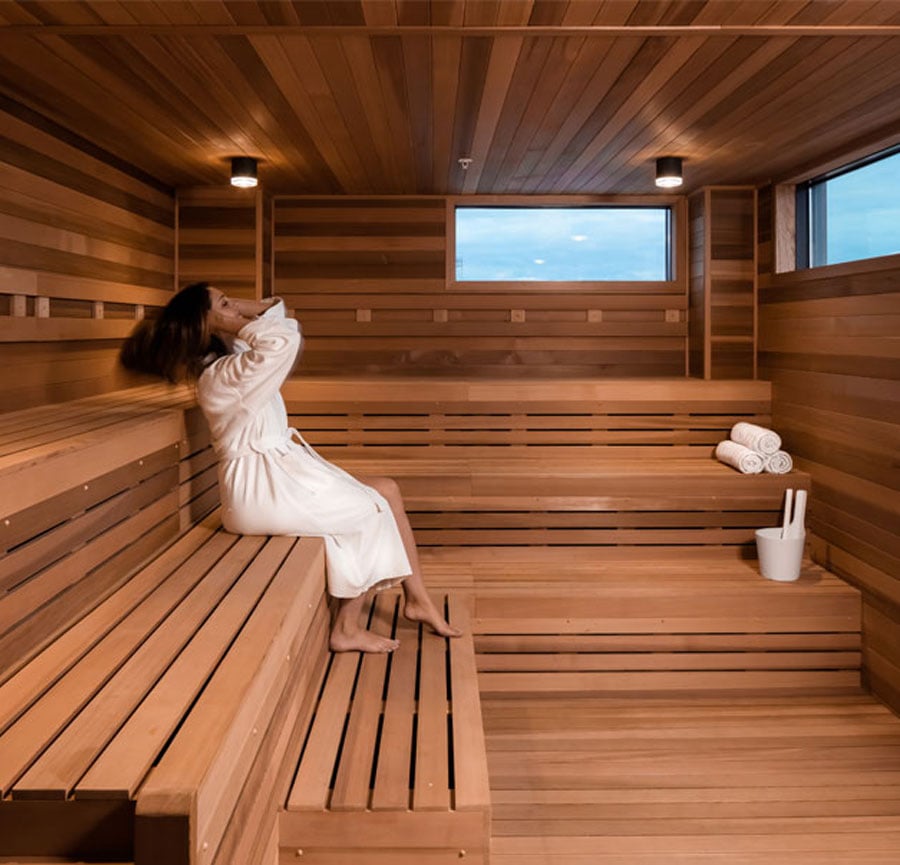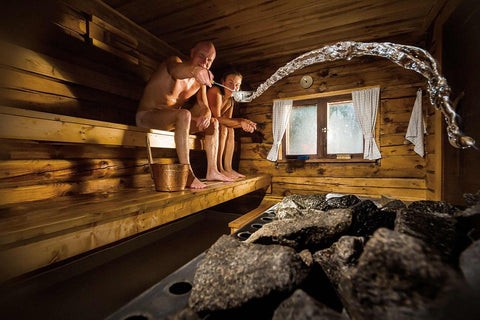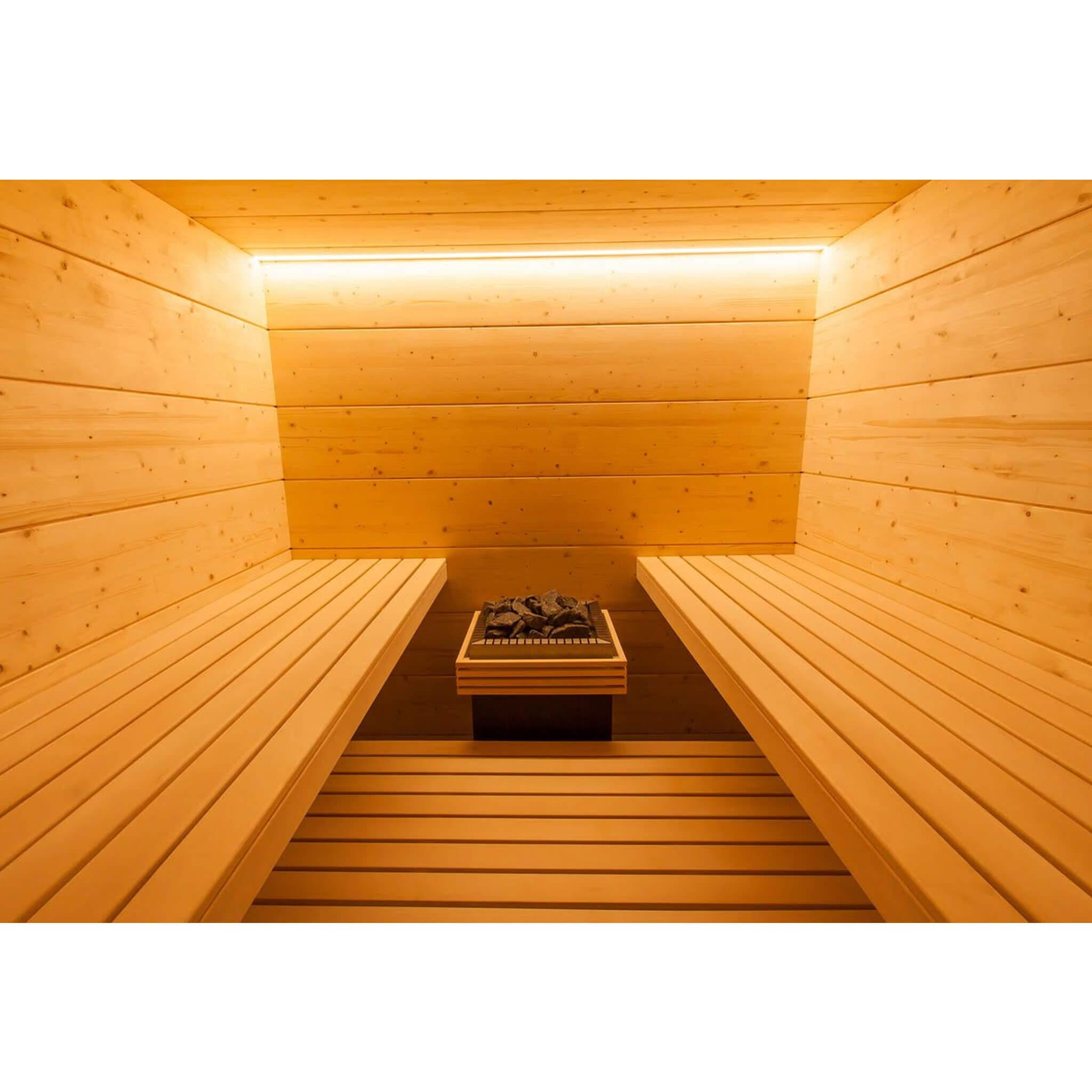The Greatest Guide To Traditional Sauna
Table of ContentsThe Best Strategy To Use For Traditional SaunaAn Unbiased View of Traditional SaunaThe Greatest Guide To Traditional SaunaWhat Does Traditional Sauna Do?The 6-Minute Rule for Traditional Sauna
A lot of the weight lost in a sauna is water loss and is re-gained upon rehydrating. Without a question sauna can be a vital part of a healthy weight loss program. To look at the differences between conventional and IR saunas, I will certainly divide these right into verifiable, academic, and produced differences.Therefore, the most popular factor in the saunawhich goes to the ceiling directly above the sauna heateris commonly in between 185 and 190 F. Claims that a conventional sauna goes beyond 200 F is simply not real and not appropriate for electrical saunas offered in the US. The temperature for a far-infrared sauna is typically established in between 120 and 140 F; nonetheless, unlike the conventional sauna, the goal in and IR area is not to achieve a heat.
Because of this, the temperature level distinction is practically pointless, because extreme sweating results in both sauna kinds, yet the approach of heating the body is different. In an IR sauna the bather will really feel warm and will certainly sweat a lot, yet at a lot lower temperature levels (Traditional Sauna). Hence, if the goal is to spend longer periods of time in the sauna, the IR sauna is an excellent option
When a standard sauna has been appropriately heated, the sauna walls are warm, the air temperature has achieved established temperature level and the rocks are super warmed. As a fascinating side note, the warmed walls and the rocks are sending out far-infrared warmth, integrated with the heated air, to develop an "wrapping up heat".
Some Of Traditional Sauna

When the high temperature level is accomplished, the elements cycle on and off to preserve the high temperature. Many conventional sauna individuals appreciate pouring water over the rocks to develop steam to increase sauna moisture degrees. The advantages of putting water over the rocks consist of: making the area more comfortable, dampening the nasal flows, and enabling the usage of aromatherapy by mixing necessary oils with the water.

When the power goes into the body, it creates the body temperature to raise and ultimately causes sweating. In an infrared sauna it's crucial for the emitters/heaters to stay on practically frequently. Given that there is no mass of rocks to maintain heat, the sauna will certainly cool down if the emitters closed off.
As discussed above, the sauna bather in an infrared room intends to position himself in front of running emitters to get optimal advantage from the warm. The home heating time for both rooms can be extremely different, depending upon how the spaces are utilized. For a typical sauna, a bather needs to permit 30-40 minutes for the room to achieve a preferred temperature and to appropriately pre-heat the rocks.
The Buzz on Traditional Sauna
A well built sauna will commonly attain a temperature of 150-160 F in regarding 30-40 minutes. For hotter temperatures, the area may need to warm for a longer duration.

Typical saunas have a tendency to be larger (therefore utilize even more electrical energy) than infrared saunas, although conventional saunas are definitely available in one and 2 person sizes also. For a two-person conventional sauna, 5x6 or find 5x7 dimension is most popular. The top bench can conveniently seat 2 or 3 people and is additionally enough time to exist down during the sauna session.
Some Known Incorrect Statements About Traditional Sauna
The ordinary price per kWH of power in the united state is roughly $0.11, so a 4.5 kW heating unit will set you back around $.50 to run for one hour, if the heater runs continually for one hour. Normally a sauna heating unit will run for 75% of the very first hour and 50% of succeeding More about the author hours on considering that the elements cycle once the established temperature level is accomplished.

There is a hardly ever gone over distinction in the social experience between the 2 rooms. While our society has shed a few of the social advantage of the typical sauna experience, it can be very socially gratifying (Traditional Sauna). From family time in the sauna, to heart-felt conversations with loved ones, to sauna partiesthe standard sauna experience can cause intimate socializing
The 2-Minute Rule for Traditional Sauna
A lot of greater end infrared areas consist of colored light therapy, audio systems and full-glass fronts.